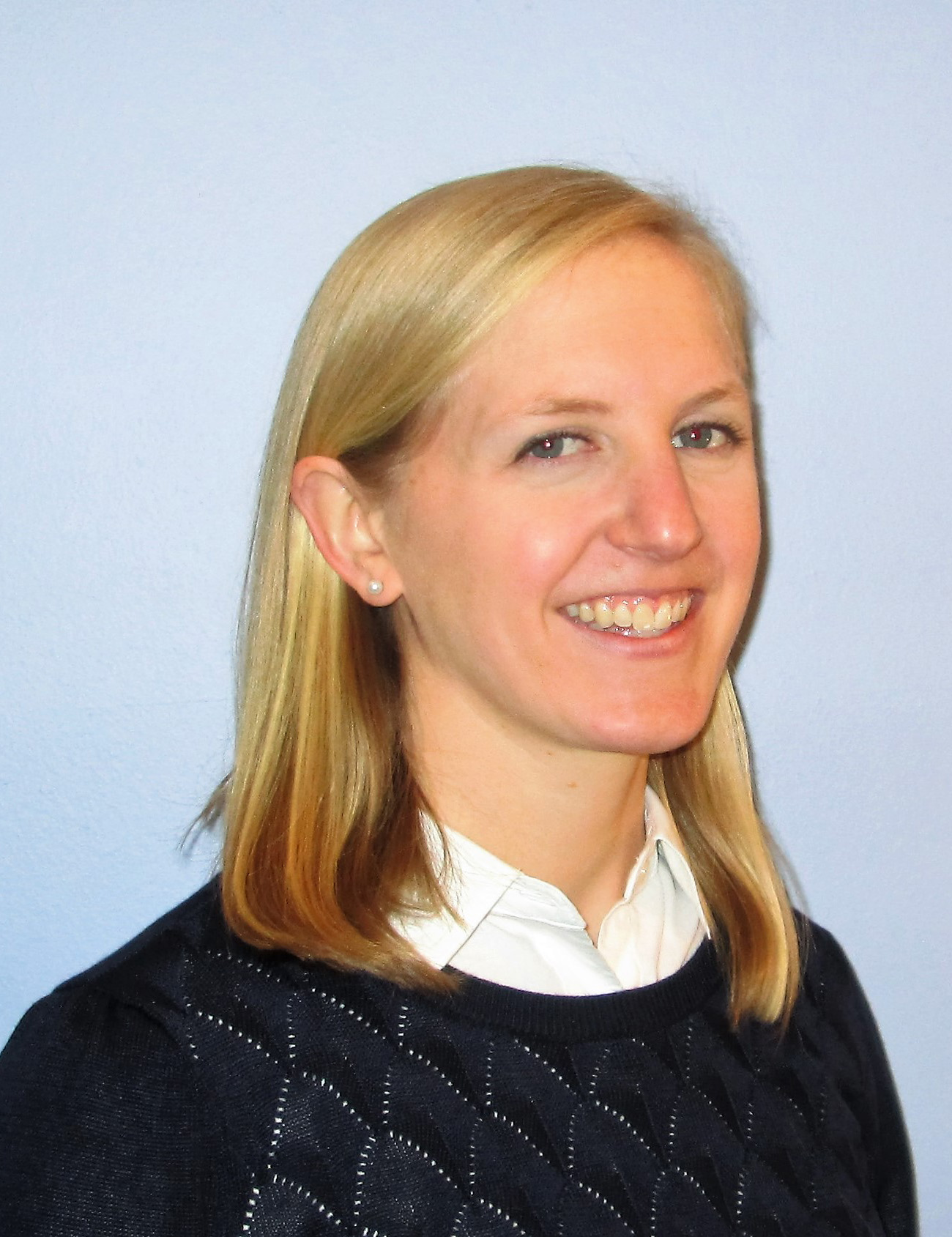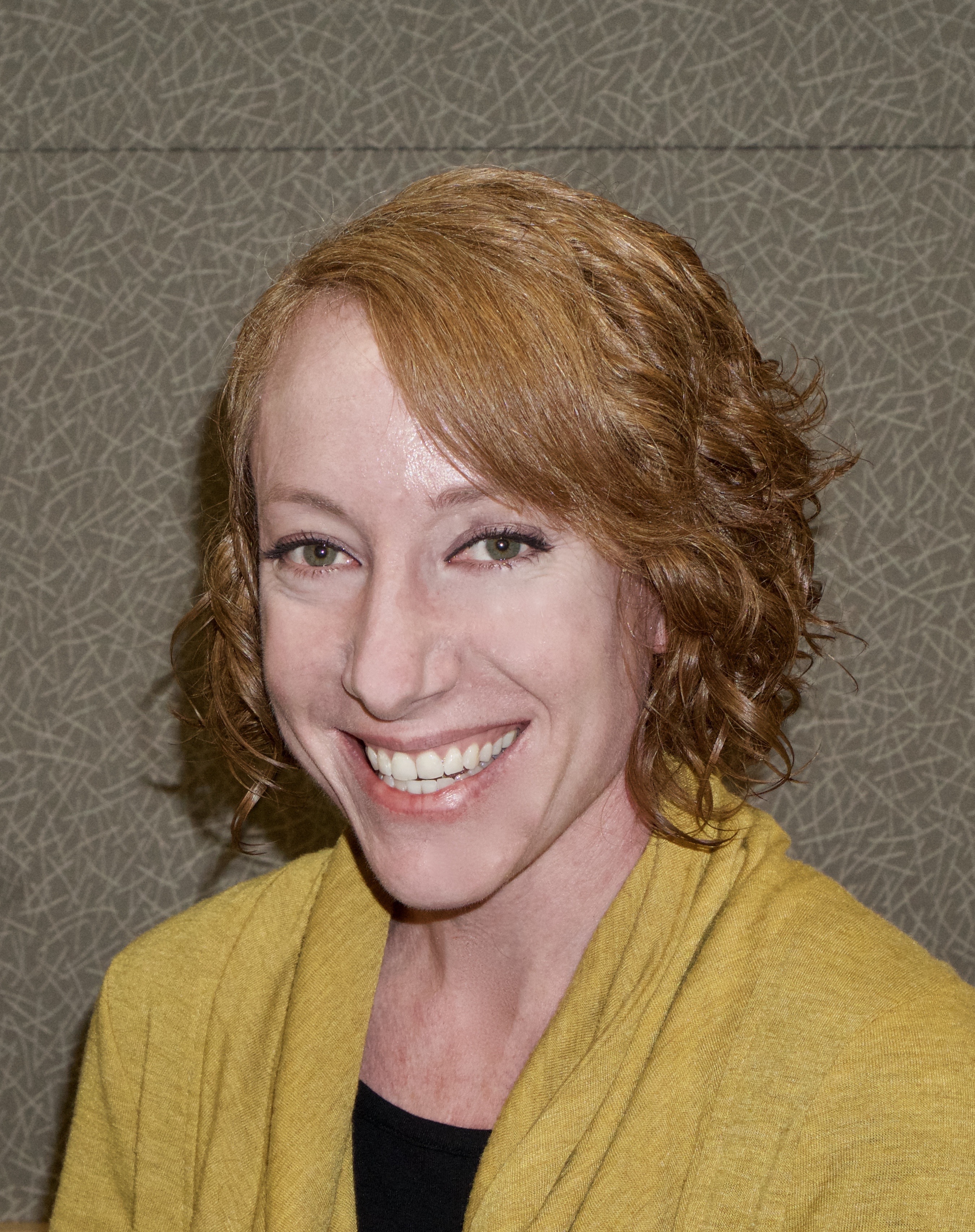By Hannah Hughes, DMD
 I still remember the powerful relief of graduation day. I was ready to shelve my books, put on scrubs, and start working with patients; the continuing education (CE) Connecticut required of me to renew my license was the last thing on my mind. But, as my first year of work progressed, I began to ask some questions. How was I going to motivate myself to go back to the classroom? How do I find and then pick CE courses? Can I justify spending money on CE courses while I still have student loans looming? Since that first year, I have arrived at some preliminary answers.
I still remember the powerful relief of graduation day. I was ready to shelve my books, put on scrubs, and start working with patients; the continuing education (CE) Connecticut required of me to renew my license was the last thing on my mind. But, as my first year of work progressed, I began to ask some questions. How was I going to motivate myself to go back to the classroom? How do I find and then pick CE courses? Can I justify spending money on CE courses while I still have student loans looming? Since that first year, I have arrived at some preliminary answers.
My work itself provided both the motivation to return to the classroom, and the topics to be prioritized. After residency, I relished my newfound freedom from the classroom, until gaps in my knowledge began to become apparent. Whether a coworker brought up a topic I needed to know more about, or a patient had a question that I could not answer, there arose a need to broaden my knowledge. I started to make a list of these incidents, and this list became an inventory of subjects to be addressed through CE.
I next took on locating and choosing CE courses, and eventually discovered three sources for relevant CE. I began with an exhaustive search of local schools' websites to see if any offered CE in dentistry; many did. Outside academia, I found many town and state dental associations offered CE. Finally, one of my colleagues recommended looking at social media groups. I turned to Facebook, and was surprised by how many profession-specific groups there were. Even the less helpful groups were filled with other health professionals looking for advice, not only helping me find CE, but also helping me feel like a part of a broader medical community.
Even after solving these problems, I still thought I should wait before spending more on education. Then, I remembered that during my third year of medical school, I had met a dentist who was four years out of school. He told me he had made a promise to spend 10% of his yearly income on CE while working. I admired his plan at the time, but only after beginning work did I realize the importance of his commitment to staying focused and bettering his education. I resolved to set goals and make plans for my CE. Since Connecticut's CE requirements are counted in hours for dentists and many professionals, I tracked and planned my CE in hours rather than dollars. Setting a goal for my CE, and visualizing this goal by tracking my hours on a spreadsheet, helped me think about CE productively rather than with fear for my finances.
I’m still experimenting with CE to find what works for me. I still ask for advice from colleagues and check internet forums. With so many CE classes offered, finding effective ones still requires research. And, sometimes, I still need a break from the classroom for a few months. I just make sure to keep my goals in mind and to remember that my patients are counting on me!
To leave a response to this post, please email Ellen Ravens-Seger.
 One challenge all medical practitioners face is how to deliver bad news to their patients. During my five years as a PA, I have been the beneficiary of excellent advice on how to do this. But, from time to time, I have wondered whether there may be something I could do to better comfort and communicate with patients during these difficult moments.
One challenge all medical practitioners face is how to deliver bad news to their patients. During my five years as a PA, I have been the beneficiary of excellent advice on how to do this. But, from time to time, I have wondered whether there may be something I could do to better comfort and communicate with patients during these difficult moments.